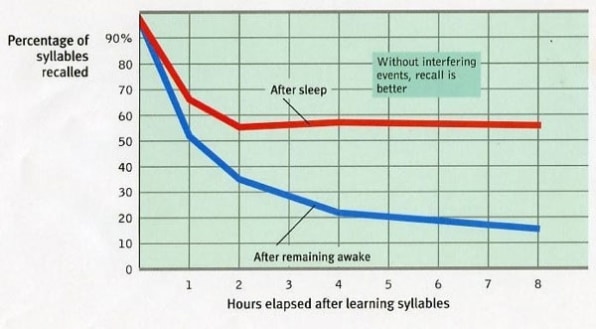As a result, I got used to not peeing. I developed a remarkably humongous bladder (5 doctors at 5 offices in 3 different states said so after I had CT scans) and I had, I might add, constant UTIs (urinary tract infections). You're supposed to "pee" after drinking massive amounts of fluid.
Anyway, despite my inordinately large bladder, I developed incontinence after I had my stroke. I was constantly leaking. So I took to Poise to help with the embarrassment, larger and thicker pads until I was at #6, the Ultimate. Ultimate absorbency, the ominous sign above a grocery shelf said. Ultimate absorbency. I had reached the limit.
Why was this happening? Soon, in about a week's time of research, I had my answers. And we're off!
No matter how you explain it, everything comes from the brain. And The American Urological Association (AUA) has a simple answer.
It's called a neurogenic bladder, or bladder dysfunction.
"The bladder and kidneys are part of the urinary system," the AUA says. "These are the organs that make, store, and pass urine. When the urinary system is working well, the kidneys make urine and move it into the bladder. The bladder is a balloon-shaped organ that serves as a storage unit for urine. It is held in place by pelvic muscles in the lower part of your belly."
The AUA goes on to say that the nerve signals in your brain let you realize that your bladder has to empty itself. Then the brain tells the bladder muscles to contract, allowing urine out through your urethra, the tube that carries urine out of your body. Your urethra muscles are called sphincters that keeps the urethra shut until you're ready to "pee."
If these nerves are damaged by illness or injury, the muscles may not be able to relax or tighten at the correct time. As a result, bladder muscles may be overactive and squeeze more often than normal before the bladder is full, or sometimes the muscles are too relaxed and let urine come out before you're ready, or sometimes the sphincter muscles around the urethra remain tight when you are trying to empty, and sometimes people have both overactive and underactive bladder at different times. Don't bother with the distinctions. If you're leaking or gushing, you're wet to some degree.
If you have neurogenic bladder, or incontinence, see your doctor. It can't be cured, but it can be managed. I came across 2 interesting therapies, the one involving surgery, the other a needle:
Sacral Neuromodulation: When drugs or lifestyle changes don't help, there's sacral neuromodulation. The sacral nerves carry signals between your spinal cord and the bladder, allowing the surgeon to place a narrow wire in proximity to the sacral nerves. A wire is connected to a small, battery- operated device that is placed under your skin. The harmless electrical impulses to the bladder stop the signals that can cause the bladder to leak.
Percutaneous Tibial Nerve Stimulation: This type of neuromodulation involves a needle that's inserted into a tibial nerve in your leg, most likely the ankle. The needle, connected to a device that emits electrical impulses, travel to the tibial nerve, and then to the sacral nerve. This procedure is done in your doctor'ss office, and patients ordinarily receive 12 treatments for top results.
The AUA says that certain drinks, foods, and medications may act as diuretics, stimulating your bladder to "go" more often. They include:
- Alcohol
- Caffeine
- Chocolate
- Carbonated drinks and sparkling water
- Heart and blood pressure medications, sedatives, and muscle relaxants
- Large doses of vitamin C
Persistent urinary incontinence may be caused by underlying changes, including:
- Neurological disorders, like stroke or other TBIs
- Pregnancy
- Childbirth
- Age changes
- Menopause
- Hysterectomy
- Enlarged prostate
- Prostate cancer
- Obstruction, such as a tumor or urinary stones
- Hysterical laughing or annoying coughing
Risk factors that increase your risk of developing urinary incontinence include:
- Gender
- Age that weakens the muscles involved with urination
- Being overweight
- Brain injury
- Smoking
- Family history (lousy genes will get you every time)
- Other neurological diseases
- Diabetes
As I said before, urinary incontinence may not be preventable, but you have to maintain a healthy lifestyle, including:
- Maintain a gender-specific correct weight
- Practice pelvic floor exercises
- Avoid bladder bothers listed above
- Don't smoke, the perennial favorite
- Avoid constipation by eating more fiber, constipation being one of the causes of urinary incontinence
Easier said than done? Maybe. But as the quote-worthy Mark Twain once said, "The only way to keep your health is to eat what you don't want, drink what you don't like, and do what you'd rather not."
I think Mark Twain nailed it.





